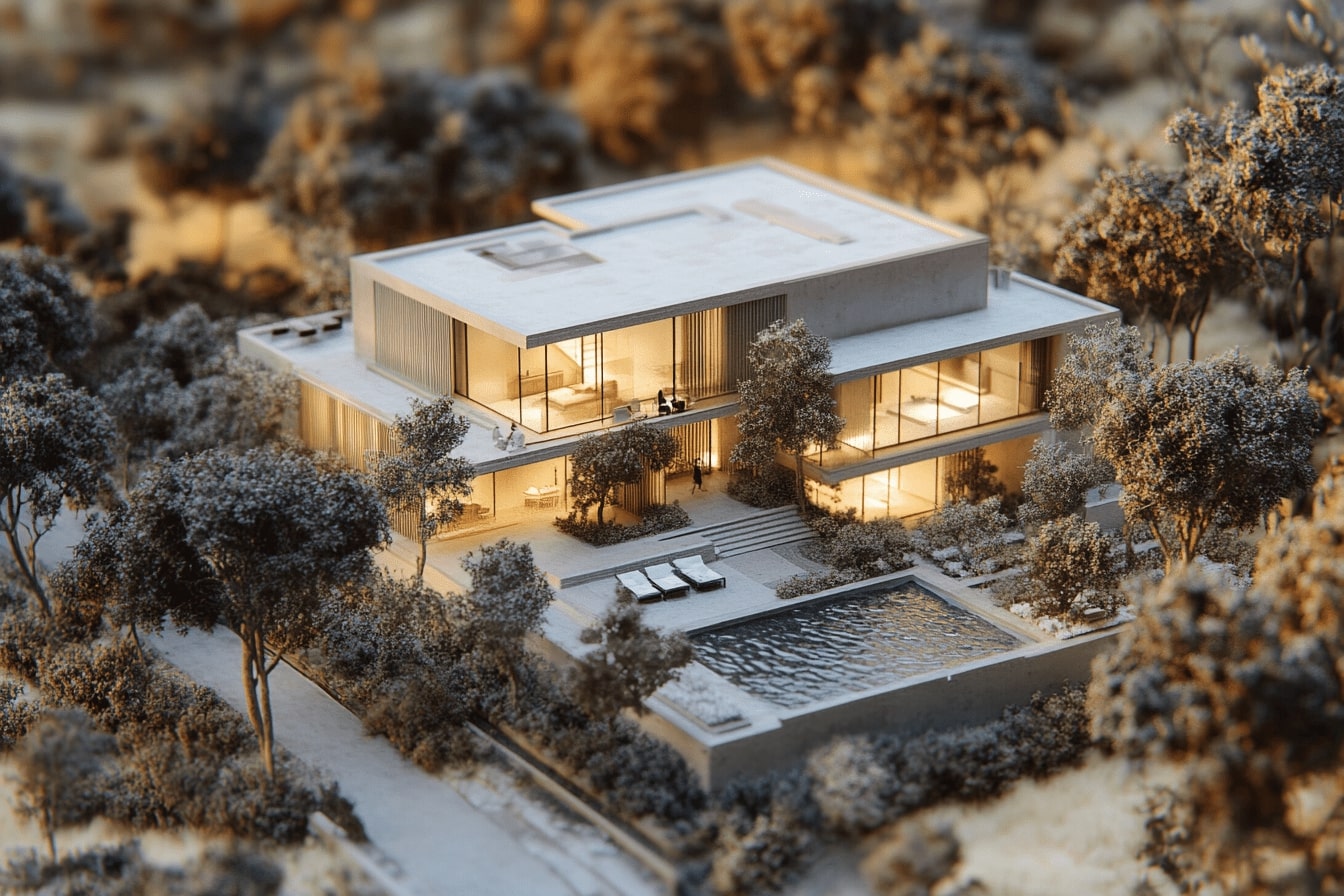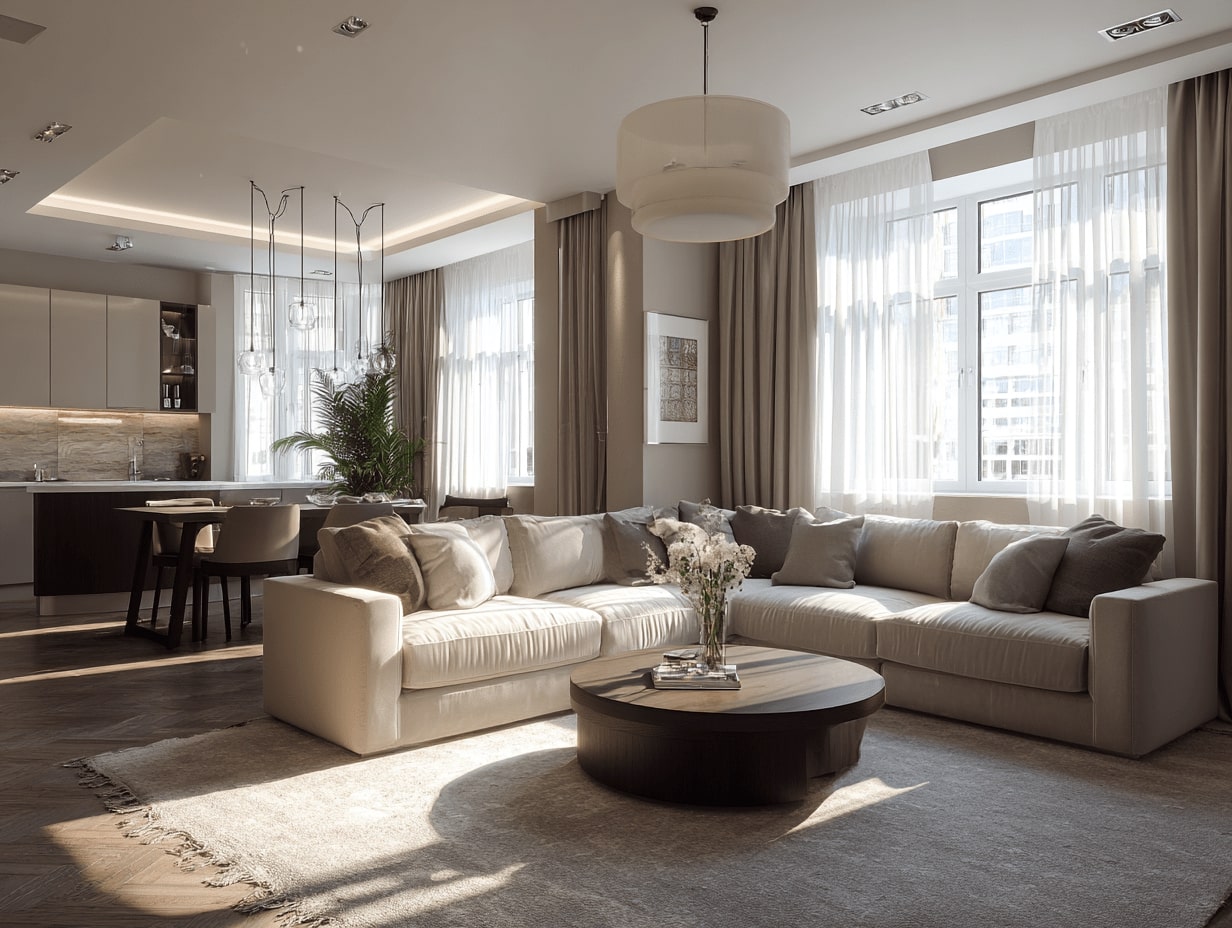- Home
- Articles
- Architectural Portfolio
- Architectral Presentation
- Inspirational Stories
- Architecture News
- Visualization
- BIM Industry
- Facade Design
- Parametric Design
- Career
- Landscape Architecture
- Construction
- Artificial Intelligence
- Sketching
- Design Softwares
- Diagrams
- Writing
- Architectural Tips
- Sustainability
- Courses
- Concept
- Technology
- History & Heritage
- Future of Architecture
- Guides & How-To
- Art & Culture
- Projects
- Interior Design
- Competitions
- Jobs
- Store
- Tools
- More
- Home
- Articles
- Architectural Portfolio
- Architectral Presentation
- Inspirational Stories
- Architecture News
- Visualization
- BIM Industry
- Facade Design
- Parametric Design
- Career
- Landscape Architecture
- Construction
- Artificial Intelligence
- Sketching
- Design Softwares
- Diagrams
- Writing
- Architectural Tips
- Sustainability
- Courses
- Concept
- Technology
- History & Heritage
- Future of Architecture
- Guides & How-To
- Art & Culture
- Projects
- Interior Design
- Competitions
- Jobs
- Store
- Tools
- More
Can an Architect Design Furniture? Exploring the Fusion of Structure and Style

When we think of iconic furniture, names like the Barcelona Chair and the Eames Chair immediately come to mind. Interestingly, many of these masterpieces were crafted by architects, not traditional furniture designers. This crossover raises an intriguing question: can an architect design furniture?
Architects often approach furniture design with a unique perspective, blending structural integrity with aesthetic appeal. They aim to extend their design philosophy beyond the building’s architecture into the interior space, creating a cohesive and harmonious environment. The challenge lies in translating large-scale design principles into smaller, everyday objects, but the results can be both innovative and functional.
Table of Contents
ToggleThe Role of Architects in Furniture Design
Bridging Architecture and Furniture Design
Architects bring a unique perspective to furniture design by merging structural integrity with aesthetic elements. They extend their architectural philosophy into interior spaces, creating furniture that complements the overall design theme of a building. This integration ensures cohesiveness between the structure and its furnishings. For example, architects often design furniture pieces that reflect the same principles of functionality and beauty as their larger projects, ensuring every element is harmonized.
![]()
Famous Architects Who Designed Furniture
Several renowned architects have left their mark on furniture design. Arne Jacobsen, for instance, designed the iconic Egg Chair in 1958 for the Royal Hotel in Copenhagen. This chair reflects Jacobsen’s architectural style and attention to ergonomic comfort. Frank Lloyd Wright also designed furniture for his buildings, including the desk with an integrated chair for the Larkin Soap Company office in Buffalo, New York. These pieces demonstrate Wright’s commitment to seamlessly blending building design with interior elements.
Israeli-born Ron Arad is another modern architect known for his innovative furniture designs, such as the Rover Chair and the Bibliotheque Bookworm shelves. Arad’s creations often use materials like steel, aluminum, and polyamide, showcasing his ability to translate architectural materials into functional furniture. Finally, Isamu Noguchi, a landscape architect, made significant contributions to furniture design. His iconic coffee table, designed around 1947, follows the Biomorphic philosophy, emphasizing organic shapes found in nature.
The Design Process: From Buildings to Furniture
Understanding Spatial Considerations
In architecture, we consider spatial dynamics to ensure our buildings function optimally. This extends to furniture design, where we must harmonize with the room’s dimensions and layout. Each piece’s size, shape, and position impacts the room’s utility and aesthetic appeal. For instance, Frank Lloyd Wright’s integrated furnishings within his designs at the Robie House illustrate how tailored furniture elevates spatial planning. Our job is to create pieces that don’t just fill space but enhance it, maintaining a seamless flow between structures and their interiors.
Material and Structural Innovations
Architects, when designing furniture, often push boundaries with materials and construction techniques. We explore different mediums, from traditional wood to modern composites. Leveraging innovations like tubular steel, as Giuseppe Terragni did in the Casa del Fascio, allows us to create unique, durable pieces. By employing advanced materials, we develop furniture that is both visually striking and structurally sound. This experimentation not only adheres to our architectural principles but also leads to distinct furniture aligning with modernist and other design movements.
![]()
Practical Challenges and Opportunities
Legal and Technical Implications
Architects diving into furniture design must navigate a realm of legal and technical complexities. Compliance with safety standards and building codes is paramount. Furniture pieces need to meet fire safety regulations, weight constraints, and durability standards. Design patents protect original pieces from piracy. Understanding the difference between provisional and non provisional patent applications helps determine the best way to secure legal protection for a design. However, infringement lawsuits can arise, especially if designs echo existing patents too closely. These legal challenges require architects to stay updated on intellectual property laws and seek legal counsel where necessary.
From a technical standpoint, architects face the challenge of mastering furniture construction techniques while considering the integration of materials and technologies. Unlike building constructions, which may rely on large-scale materials and methods, furniture design often involves fine details and precision. Understanding joinery methods, load distribution, and material properties ensures that furniture pieces are not only aesthetically pleasing but also functional and long-lasting.
Economic Aspects and Market Demand
The economic landscape of furniture design presents both challenges and opportunities for architects. Initial costs can be high due to the need for specialized tools, materials, and skilled labor. Creating custom furniture often involves bespoke craftsmanship, which adds to production costs. Despite this, custom-designed furniture can command premium prices in the market, offering a lucrative opportunity for architects who manage costs effectively.
Market demand heavily influences the success of architect-designed furniture. Trends show growing interest in pieces that blend functionality with unique design elements. Consumers appreciate the uniqueness and story behind architect-designed furniture, often viewing these pieces as functional art. This niche market allows architects to position themselves distinctively, leveraging their architectural expertise to create innovative furniture that stands out. By tapping into this demand, architects can carve out a profitable segment in the competitive furniture market.
Harnessing these opportunities requires a keen understanding of market dynamics, strategic pricing, and effective marketing strategies to showcase the value of architect-designed furniture.
![]()
Architect and Interior Designer Collaboration
How Both Professions Complement Each Other
Architects and interior designers working in tandem can elevate the outcome of a home construction project. Each profession offers distinct yet complementary expertise. Architects focus on the structural aspects, creating a blueprint that ensures safety and functionality. They consider spatial dynamics, materials, and regulatory compliance. Interior designers, on the other hand, refine these spaces by enhancing aesthetics and usability.
Our experience has shown that this collaboration leads to more cohesive and harmonious designs. For example, while an architect may design an open-plan layout, an interior designer adds the finishing touches, such as furniture placement and decorative elements. This synergy ensures that the space is both practical and visually appealing.
Architects and interior designers often engage in collaborative tasks, like kitchen and bathroom layouts. In such instances, an architect designs the structural framework while the interior designer focuses on spatial planning and detailing. Elevation drawings, especially in remodels, highlight this collaboration by providing detailed visual guidelines for builders to follow, ensuring elements like cabinets and fixtures are placed accurately.
Our projects, particularly extensive remodels, benefit immensely from this partnership. By working together, architects and interior designers can anticipate potential challenges and adapt designs accordingly, maintaining the project’s vision and client preferences at the forefront. This collaborative practice not only streamlines the project execution but also enhances the final outcome, making the space more inviting and functional.
![]()
Conclusion
Architects possess a unique capability to design furniture due to their extensive training in structural integrity and aesthetics. When we look at iconic figures like Arne Jacobsen and Frank Lloyd Wright, their furniture pieces don’t just serve functional purposes but also seamlessly integrate with their architectural concepts. This synergy demonstrates the diversified skill set architects bring to the table, transcending mere building design.
Exploring spatial dynamics is a key strength for architects. Their understanding of space optimization and material application allows them to create furniture that complements various environments. Working with materials like wood, metal, and plastic provides architects with an extended canvas for innovation. As discussed, the ability to experiment with techniques such as steam bending and laminating wood enriches the design process and outcomes.
We also highlighted potential challenges in furniture design, including legal and technical considerations. These complexities require architects to navigate regulatory standards and ensure their designs are safe, durable, and functional. Legal issues, such as compliance with building codes and safety regulations, must be thoroughly understood to avoid pitfalls in furniture projects.
The economic aspects and market demand emphasize the feasibility of architects designing furniture. Architects can certainly find lucrative opportunities in this niche, provided they understand business dynamics. As noted, studying industrial design or taking woodworking classes can offer practical insights and enhance furniture design capabilities. Additionally, architects who venture into this field may benefit from a deeper understanding of running a business, especially compared to other professions like industrial design.
Collaborative efforts between architects and interior designers further enrich home construction projects. This partnership ensures designs are cohesive, with architects focusing on structural integrity and interior designers refining spaces for practicality and visual appeal. Tasks like kitchen and bathroom layouts clearly demonstrate the benefits of this collaboration, adapting designs to client preferences effectively.
Ultimately, the narrative highlights the multifaceted role architects can play in furniture design. By leveraging their expertise in structure, materials, and spatial dynamics, architects can create furniture that enhances both functionality and visual appeal in various settings.
- architect designed furniture
- architect furniture
- architectural elements in furniture
- architectural furniture design
- architectural interior design
- architecture and furniture
- bespoke furniture by architects
- can an architect design furniture
- contemporary architect furniture
- custom furniture design
- Furniture Design by Architects
- fusion of structure and style
- innovative furniture design
- modern architect furniture
- unique furniture by architects
Submit your architectural projects
Follow these steps for submission your project. Submission FormLatest Posts
How Furniture Design Shapes Interior Atmosphere
Discover how furniture design shapes interior atmosphere with practical cues on style,...
Digital Craftsmanship: The Role of Laser Engraving in Parametric Wooden Furniture
In the world of modern design, where technology meets artistry, laser engraving has emerged...
Transform Your Home: Lampshades to Elevate Your Lighting Scheme with Style
Transform your home's ambiance with stylish lampshades! Discover how the right shapes,...
Top Bathroom Cabinet Design Tips to Enhance Style and Functionality
Discover expert bathroom cabinet design tips to elevate both style and functionality...












Leave a comment